Silver Grasses
Back | Salinity Indicator Plants Home | Common name home | Scientific name home | Photo Gallery | Glossary
| Silver Grasses photos | Family: Grass (Poaceae syn. Gramineae) |
| Scientific Name: | Vulpia spp. | 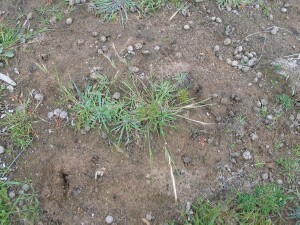 Rat's-tail Fescue plant Photo: A J Brown | |||||
Other Common Names: | Squirrel-tail Fescue, Rat’s-tail Fescue | ||||||
Status: | Native to Europe but naturalised throughout most of Australia. | ||||||
Plant Description: | Annual grasses to 70 cm tall with slender stems (culms) and soft, hairless, flat leaves to 20 cm long and 3 mm wide but often becoming inrolled on drying. Flower-heads are erect or slightly drooping, one-sided, panicles. Spikelets are 5-11 mm long; their two glumes very different in size (the lower glume being much shorter). Each spikelet has from 3-10 florets and each floret has an awn twice as long as the floret. | ||||||
Habitat: | A widespread and common component of pastures, grasslands, wasteland, road verges and disturbed sites across Victoria, including the fringes or mounds of wet sites and sand dunes. As these grasses are early season flowering, they have often finished their life cycle before soils dry out and salt levels have the potential to concentrate.
| ||||||
Comments: | Generally regarded as weeds in pastures due to their low bulk and poor feeding quality. Mature seeds can lodge in wool. The following key can be used to distinguish the more common species. Key for Silver Grasses. | ||||||
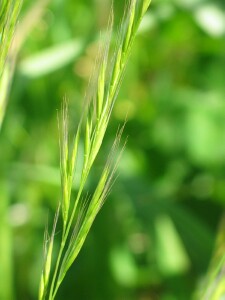 Flower-head of Squirrel-tail Fescue Photo: A J Brown | 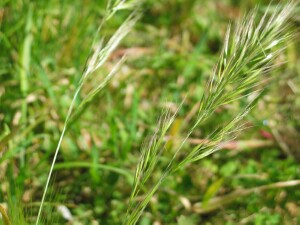 Flower-head of Squirrel-tail Fescue Photo: A J Brown |
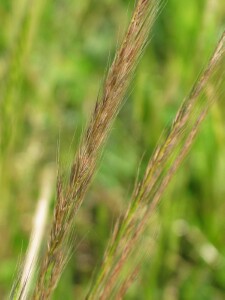 Mature flower-head of Rat's-tail Fescue Photo: A J Brown | 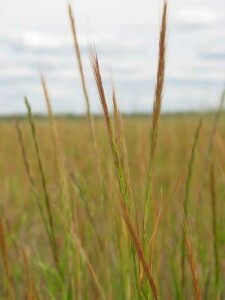 Mature flower-head of Rat's-tail Fescue Photo: A J Brown |
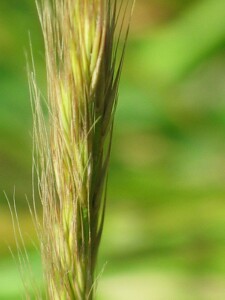 Rat's-tail Fescue spikelets Photo: A J Brown |


